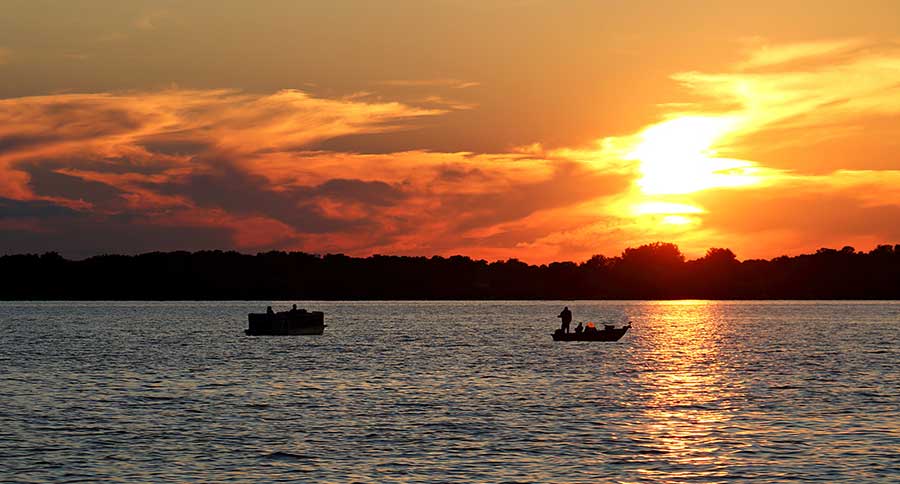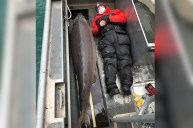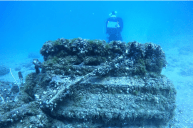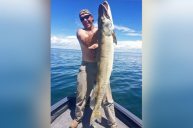The announcement of zebra mussels in Red Lake should get the attention of Minnesota walleye anglers.
Zebra mussel larvae, or veligers, have been discovered in Red Lake in Beltrami County, Minnesota, marking the first time they've been found in the state's biggest inland lake.
The Minnesota Department of Natural Resources said samples were gathered last summer by biologists from the Red Lake Nation.
DNR research scientist Gary Montz is on record saying it's highly unlikely that these veligers were introduced to the lake in their early life stage as larvae. No adult zebra mussels were identified, but the eight veligers that were found in a zooplankton sample taken in the middle of Upper Red Lake makes it pretty clear that there are populations of reproducing adult zebra mussels in the lake.
"Unfortunately, the most reasonable conclusion is that they came from adult reproduction within the lake itself," Montz said. "Red Lake is a unique lake system—very large and shallow— it is not possible to estimate the abundance or distribution of zebra mussels in Upper Red Lake from this sample."
Historically Red Lake has been a walleye fisherman's haven, but overharvest in the late 1990s all but ruined the production of the fishery. A vast-ranging recovery effort, in a partnership between the state DNR and the Red Lake Band of Chippewa.
Now the lake is faced with a new threat, one that the Minnesota DNR has to take seriously. The decade-plus partnership with the Red Lake Nation will continue, as the DNR says they'll devote further effort and resources towards a response to the discovery and action plan for approaching it.
Minnesota laws were already in the books to help restrict the presence of zebra mussels, including these requirements:
- Clean watercraft and trailers of aquatic plants and prohibited invasive species.
- Drain all water by removing drain plugs and keeping them out during transport.
- Dispose of unwanted bait in the trash.
The resulting actions from this latest discovery will likely include a combination of continued monitoring, increased watercraft inspections in the area, and additional public information efforts.
As state agencies keep toiling away at a solution to the aquatic invasive species, it seems like their work can't move fast enough with each new discovery.
NEXT: ZEBRA MUSSEL LARVAE CONFIRMED IN MINNESOTTA'S LEECH LAKE
WATCH




